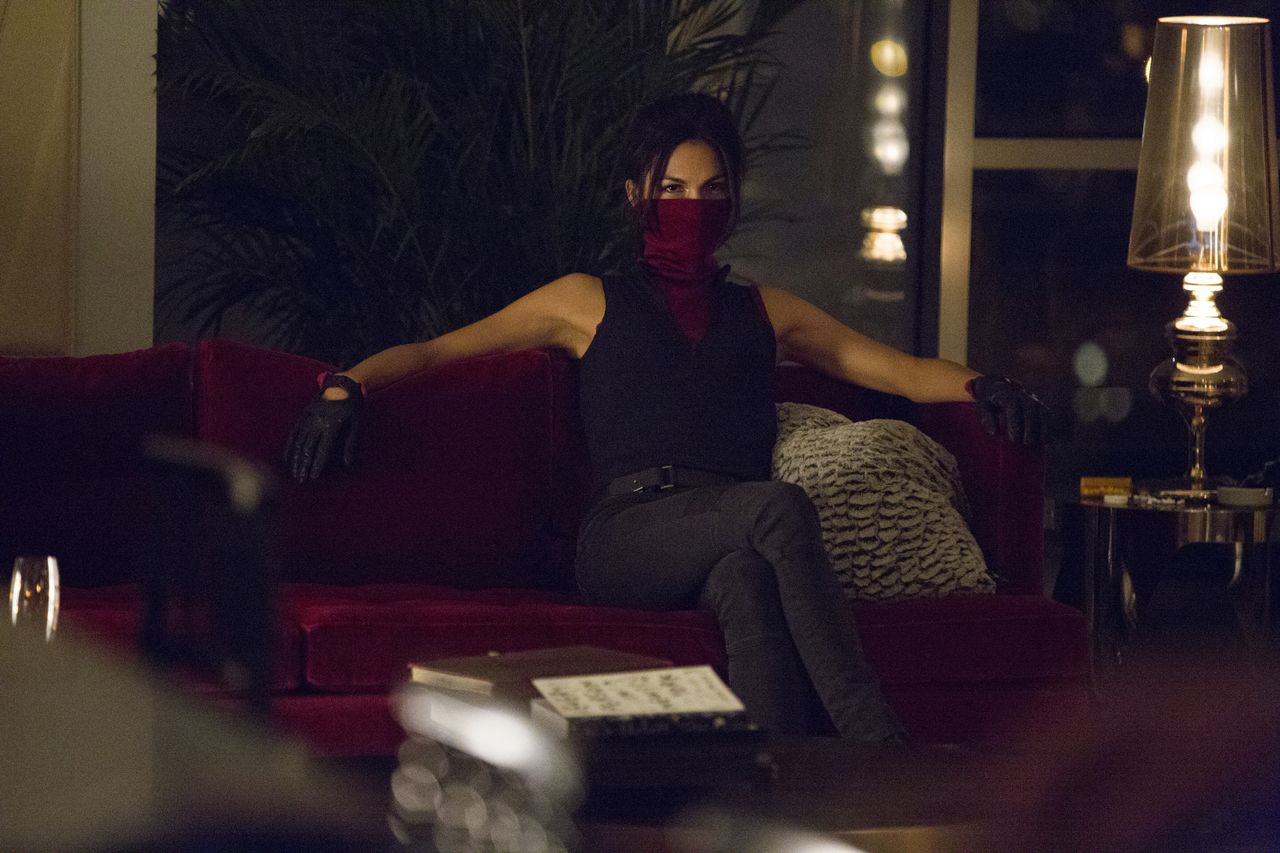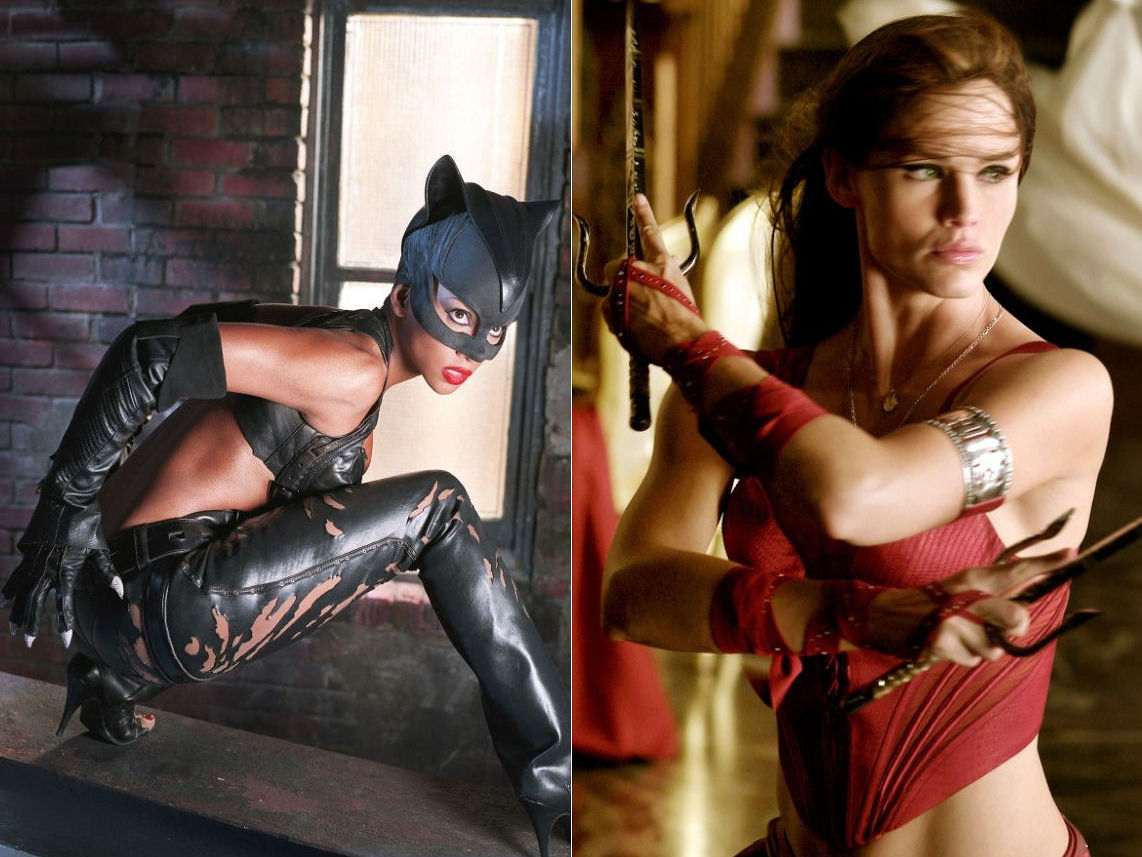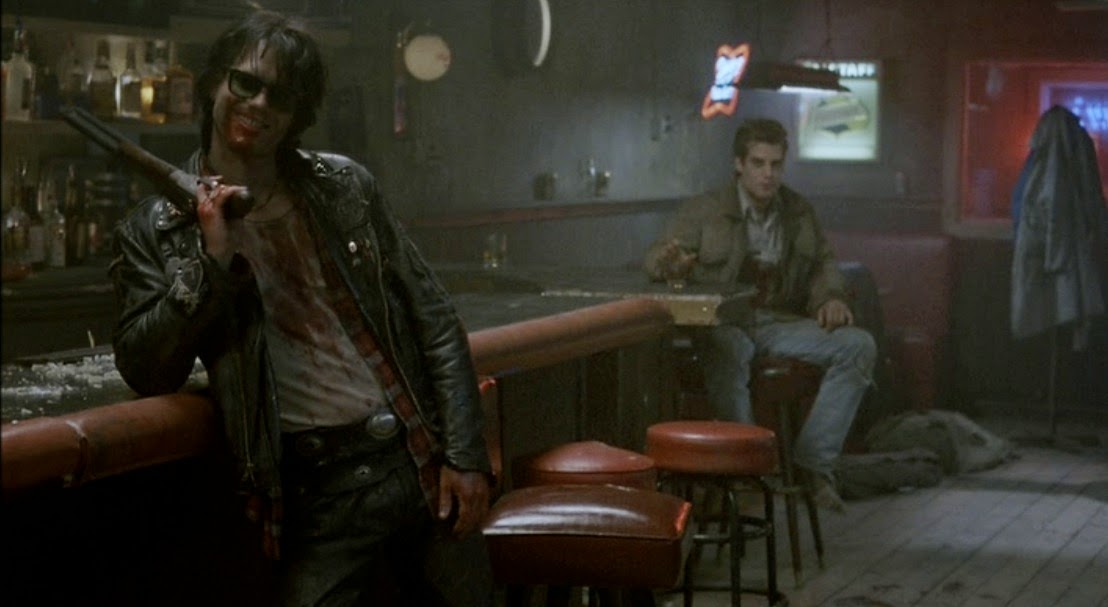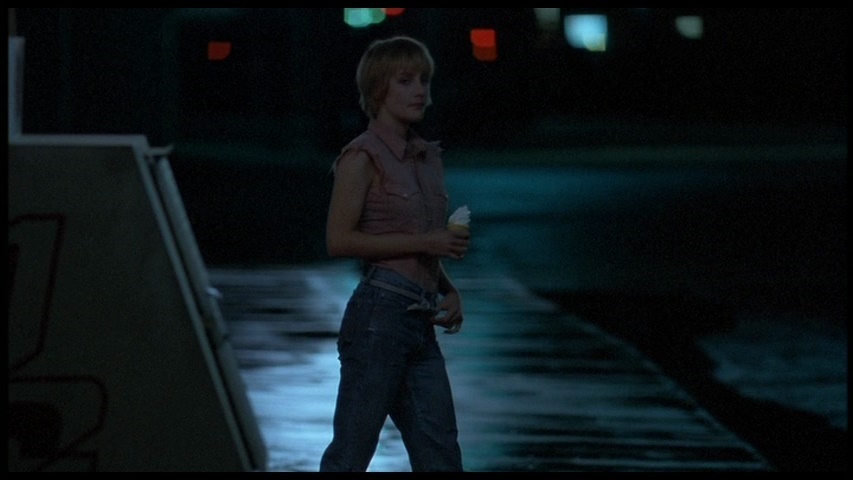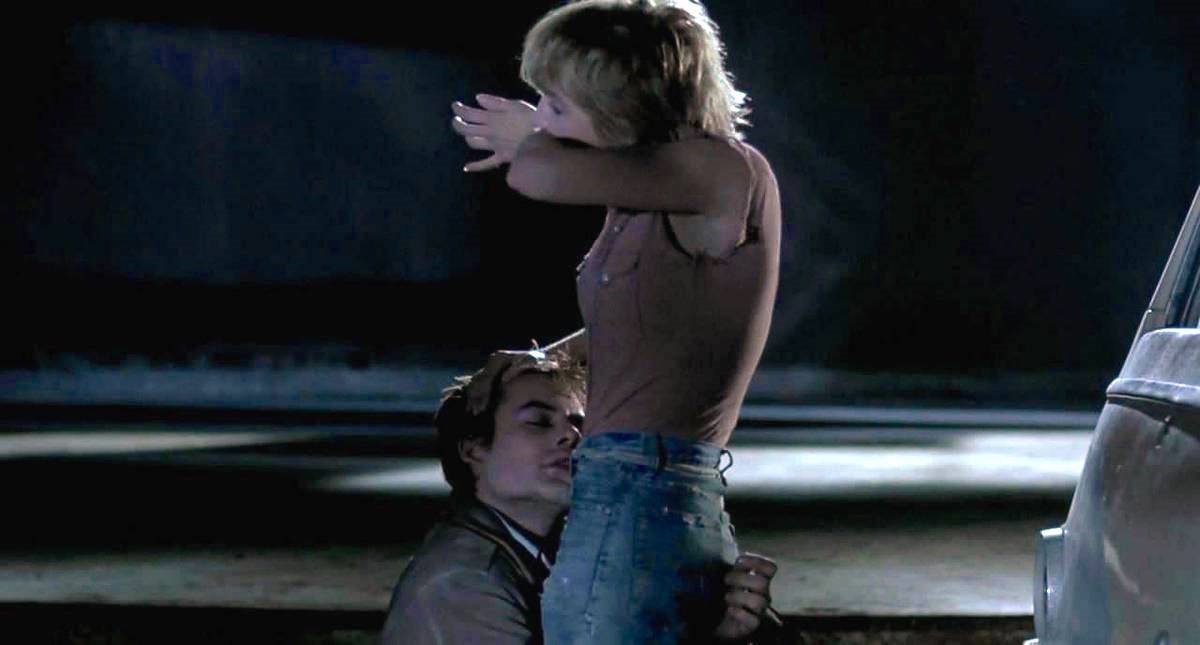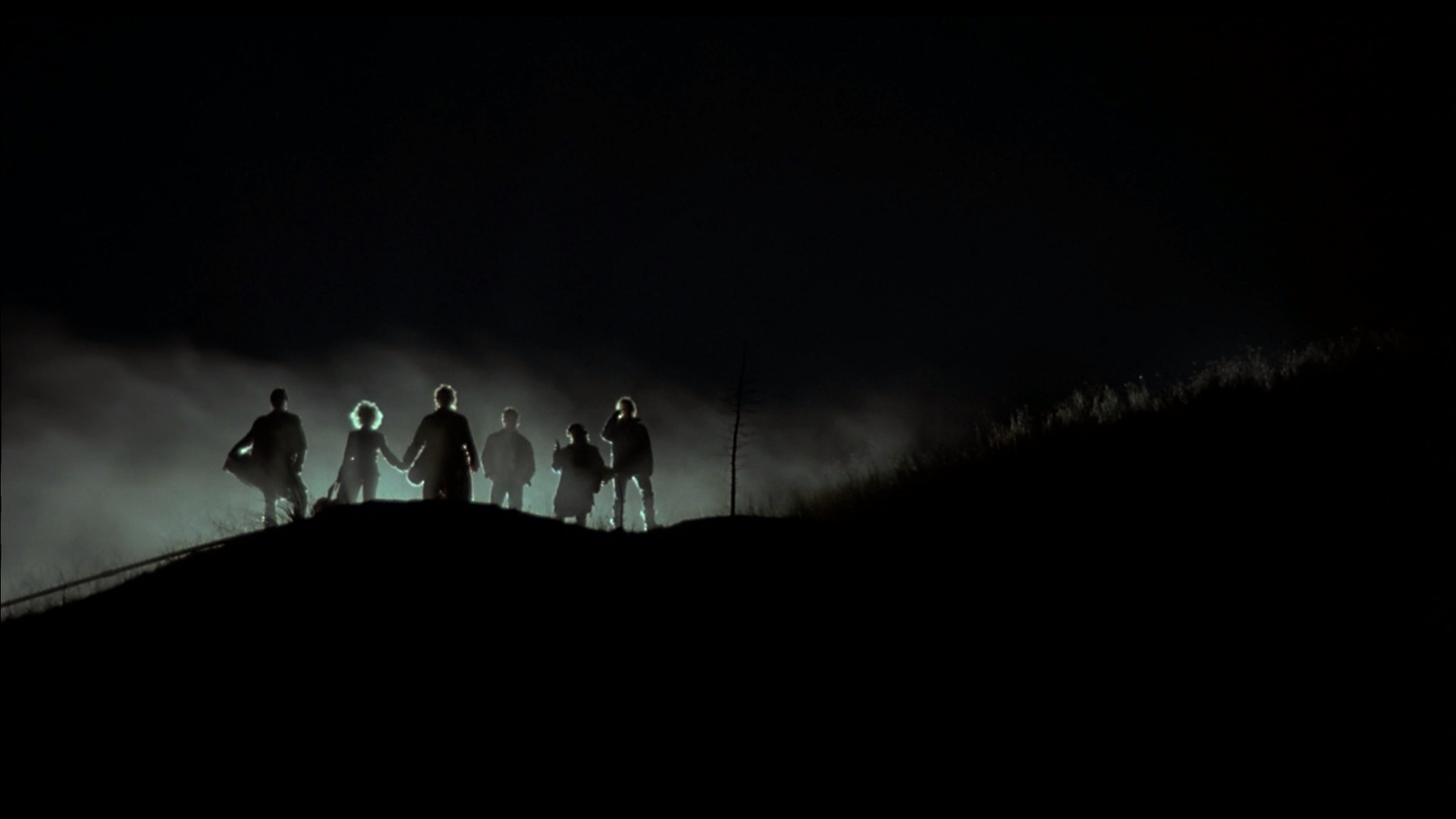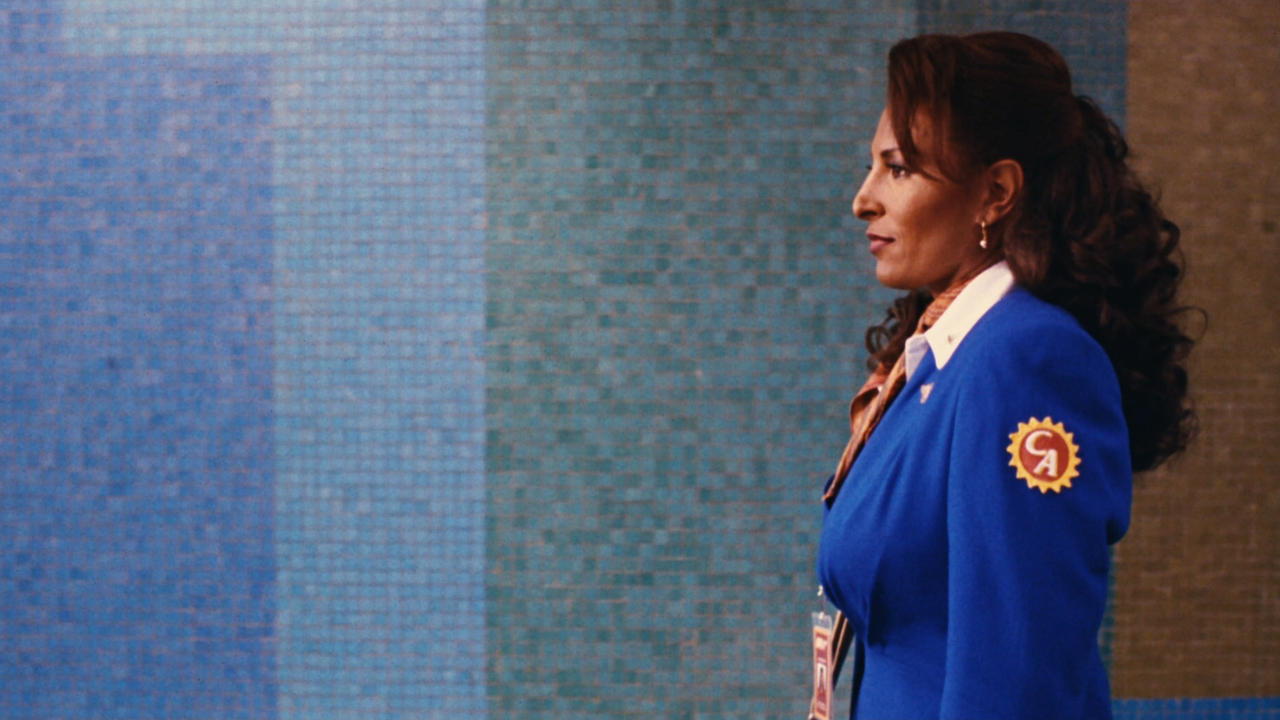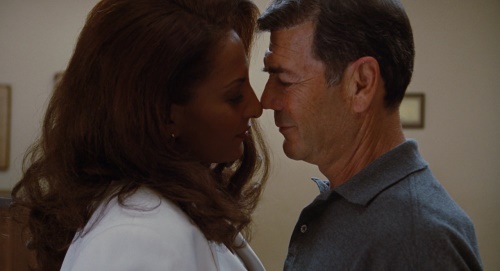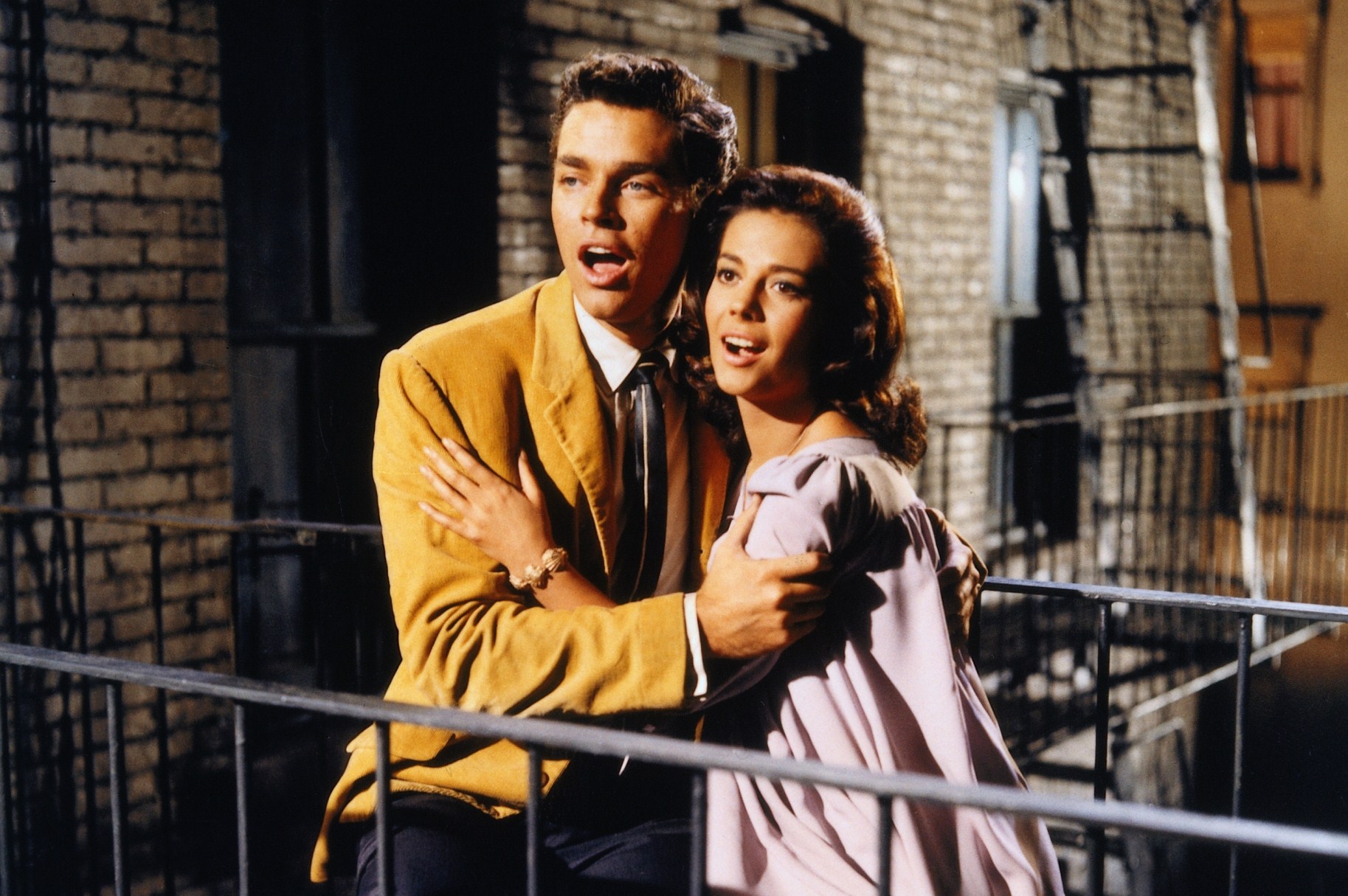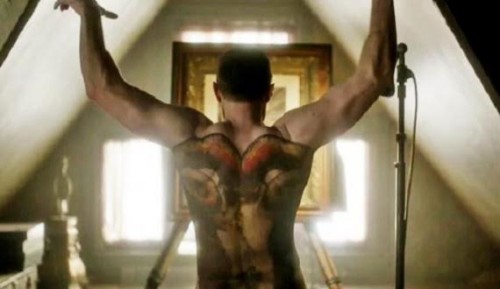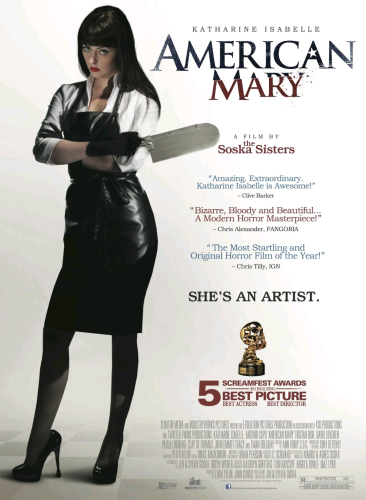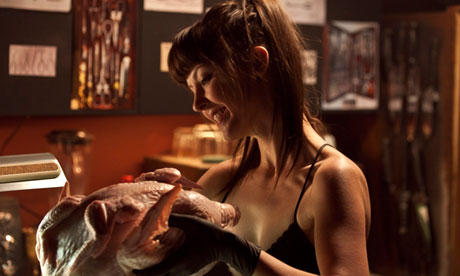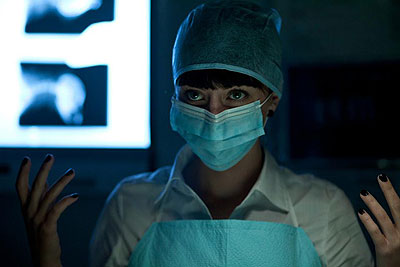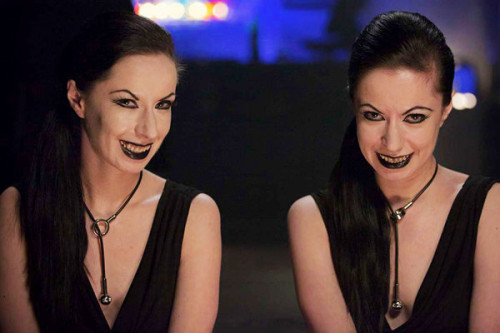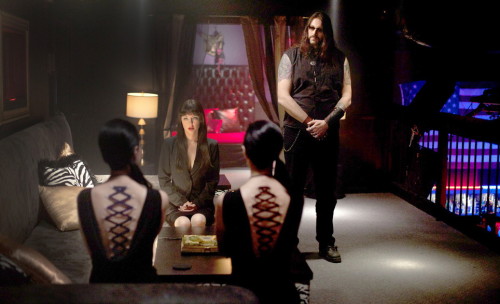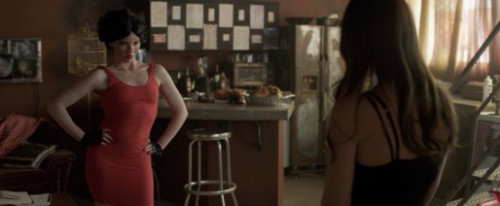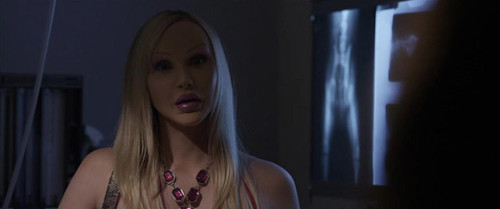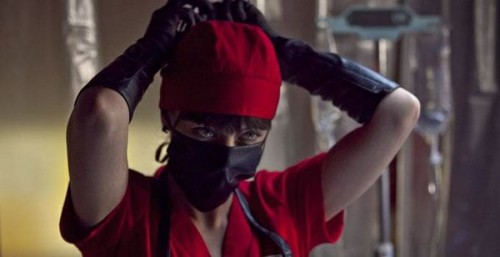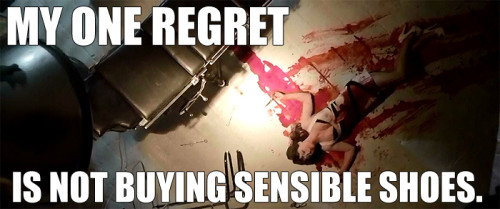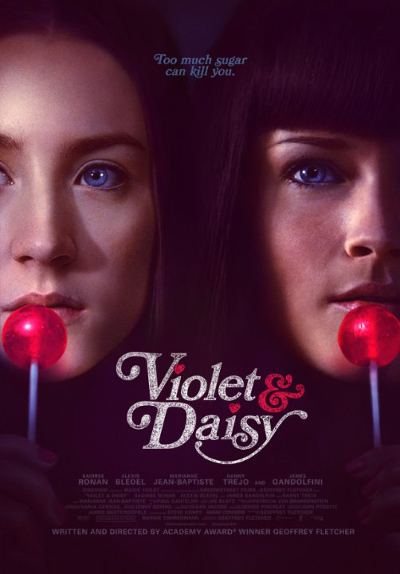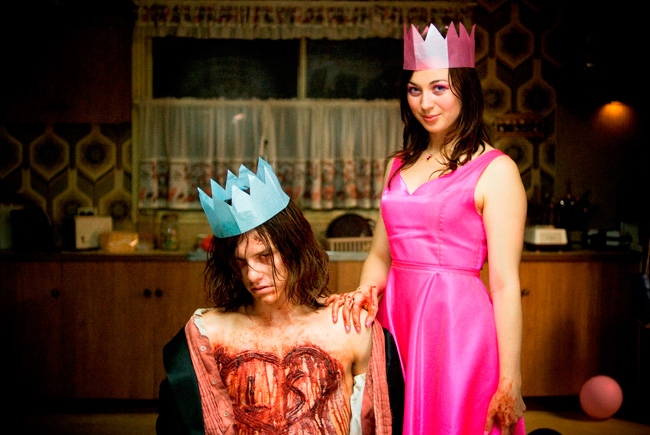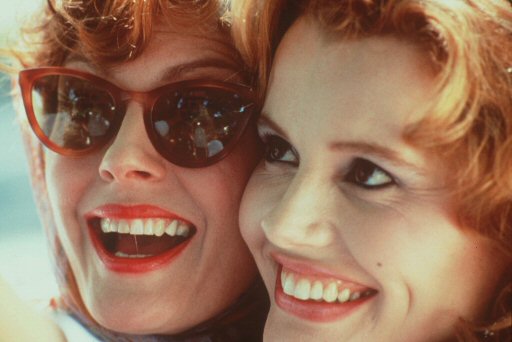This guest post written by Becky Kukla appears as part of our theme week on Superheroines. | Spoilers ahead for seasons 1-3.
Is TV series Arrow feminist? Being brutally honest, it almost certainly is not. Does Arrow have characters with feminist undertones, or female characters with more depth than meets the eye? Well, that’s where it gets more interesting.
The premise of Arrow reads incredibly similarly to that of Batman; rich and spoiled son of millionaire family undergoes a grueling, life-changing event which forces him to become a ‘good guy’ (unlike the playboy he was once) to save his city. Pre-Arrow Oliver Queen (Stephen Amell) is a cheater, drug-taker, party-goer, and generally not a great guy. He is the epitome of the whole silver spoon thing, and not only this but he treats everyone in his life terribly. His parents (as he later learns) are both semi-responsible for a plot to destroy the poorest parts of Starling City, and this becomes his motivation to try and right the wrongs that his father (and his mother) did. It’s also clear that pre-Arrow Oliver didn’t have a lot of respect for women — cheating on his then girlfriend Laurel, with her sister Sara — and consequently almost getting himself and Sara killed in the boating accident that left him stranded on an island.
So where am I going with this? All things considered — Arrow is clearly not going to win any feminist awards any time soon. This is mostly because pretty much every single female character in the show is either related to Oliver (Moira, Thea) or has been romantically involved with him in some way (Helena, Laurel, Sara, Felicity, Shado, and Isabel have all had romantic relations with Oliver to some degree). The show also has a worrying trend of having its villains use the women characters as some sort of bait. I’m only on season three, but poor Laurel has been kidnapped 4 times since the show started! However, the representation of female heroism in Arrow starts to get a little more interesting from the end of season 1 with the introduction of at least 3 superheroine-type characters. Oliver also regularly comes into contact with supervillains, many of whom are women.
So while Arrow seems pretty reluctant to move away from the traditional stance on women existing to be love interests and to be rescued, the individual female characters themselves sometimes show some hints of progressiveness… if only they’d be allowed to live long enough!
Shado
Chronologically, the first superheroine to appear in Arrow is Shado (Celina Jade). Technically, she isn’t actually a superheroine, but she is certainly super and saves Oliver’s life several times on the island so I think it’s safe to put in the category of superheroine. Shado is the daughter of Yao Fai — the man who first rescues Oliver when he is dying on the island. Her main reason for existence seems to be to ensure that her father toes the line, otherwise she will be killed. However, Shado quickly reveals that she is every bit as tough as her father when it comes to fighting — and single handedly rescues Slade and Oliver from certain death. She then goes on to teach Ollie pretty much everything he knows, including the whole slapping the water thing, and generally being useful with a bow and arrow. Shado is tough and strong, she’s obviously had some intense training and she’s a pretty cool character in general. That is, until two things happen. First, Oliver falls in love with her. We can understand this from Oliver’s perspective — at this point, he still behaves somewhat like the playboy he once was and in general terms, Shado is the only woman he has been in contact with in a long while. The issue is that 1) Shado falls for him (he’s a spoiled brat, ammiright!?) and that Slade also falls for Shado. Instead of seeing Shado as the strong and tough woman that she is, she becomes steadily reduced to the crux of an odd love triangle with one immature playboy and a man old enough to be her father.
Shado is also brutally murdered when Ivan forces Oliver to choose between saving her or Sara. This is the first of many ‘choose between two women you love’ scenarios that are set up for Oliver throughout the series, and this one is quite possibly the worst. Oliver doesn’t so much as choose Shado, but the whole event sends Slade spiraling into revenge city where he blames Oliver for the murder of the ‘love of his life.’ Reality check here; Shado is only the love of his life because Slade literally knew no other women. And also, she didn’t even love him back. Either way, Shado’s death is the sole reason for pretty much all of the events in the second season — so I guess it might be the most successful fridging of all time?
Fridging itself is boring, old, and a great waste of time but it feels even worse when you have a really wonderful female character with huge potential, who is killed only to further the storyline of a male character. It also doesn’t help that Shado was also murdered so that Sara (another superheroine type) could live. Which brings me to…
Sara (The Canary)
Sara (Caity Lotz), sister of Laurel and part-time lover of Oliver, was presumed dead along with Oliver when their boat sank off the coast of the island. Imagine everyone’s surprise when it turns out (like Oliver) Sara actually survived and is back in Starling City, also fighting crime. Imagine our even greater surprise when Sara turns out to be a fighting machine, fresh from The League of Assasins. Surprise!
Our first actual introduction to the new and improved Sara 2.0, is as her alter ego (fondly named The Canary). She saves a woman from a group of menacing looking men in a dark alleyway. I don’t believe this is by accident. Sara also takes care of Sin, Roy’s friend from The Glades, and it’s this protection of the women around her that make Sara an almost-feminist superheroine. As soon as her and Oliver are reunited in Starling City, it becomes immediately clear that Sara has been through a bit of a wringer – possibly even more so than Oliver. Sara (at some point in the last five years) was taken in by The League of Assassins and is riddled with guilt and anger about some of the things she was made to do whilst under their command. Sara wants to let her parents and Laurel know she is alive, but she is consumed by the things she has done to survive and is convinced she isn’t worthy of love from anyone — even her own family.
As we see in flashbacks, Sara was incredibly savvy to survive her ordeal aboard what was essentially an illegal prison ship. She knew how to play the game, and waited patiently for an opportunity to escape. Though her and Oliver reunited on the island, Sara has clearly changed and is prepared to do whatever is necessary to survive. The Sara that returns to Starling City five years later is equally prepared to do what is necessary – and this causes friction with Oliver’s sudden ‘no killing’ rule. Similarly to how Oliver’s family are often used as bait to coax him into situations as the Arrow, Sara’s family are also kidnapped and used as bait when The League of Assassins try to force Sara to rejoin them. Of course, it is the women members of Sara’s family that are kidnapped (her mother and Laurel).
Sadly, Sara’s story comes to an incredibly abrupt and untimely end. She makes it a few minutes into season 3 before she is killed, as witnessed by Laurel. For a character who had so much potential, and a captivating backstory — her demise was a little more than cold on behalf of the writers.
Felicity Smoak
Ah, Felicity Smoak . Poor, lovely Felicity. Oddball, geeky Felicity (played by Emily Bett Rickards) who somehow went from obscure computer girl to the object of Oliver’s affections within about thirty seconds at the end of season 2. Felicity is employed at Queen Consolidated (Oliver’s family’s company), and consequently joins team Arrow when Oliver realizes a) how smart she is and b) that she knows too much to not be on the team. If Diggle, Roy, and Oliver are the brawn of the group then Felicity is certainly the brain. She is proficient at hacking, tracking, and generally getting into other people’s computers or CCTV cameras when she shouldn’t be.
Something really odd happens to Felicity between working in the IT department in the basement of QC, and becoming part of team Arrow. It has a lot to do with the way she dresses. When Felicity is at QC, she dresses… well for work. She looks comfortable, she is wearing flats and she looks smart but not overdressed. As soon as Felicity begins working with Team Arrow, she is suddenly turning up to their basement lair in five inch heels and a dress suitable for a nightclub scenario. You could argue she is trying to blend in (the lair is situated underneath Oliver’s nightclub) but I can’t help thinking it’s more to do with Felicity (as the only recurring woman in Team Arrow) needing to be eye candy. Eye candy, which coincidentally ends up on Oliver’s arm. Which in itself isn’t inherently an issue, but Felicity’s character then became far less about her abilities and talents in the IT department — and far more about her relationship with Oliver. Apparently, as a woman, you cannot have both a career and a boyfriend.
I am only on the third season of Arrow but I’ve heard rumors that not many good things happen beyond that. Moira’s death at the end of the second season seemed to serve only to motivate both Oliver and Thea onward, which is just truly original use of fridging by the show’s writers. I guess the saddest thing about it is that Arrow has (or had) some truly unique and interesting female characters, but refused to do anything worthwhile with them.
Becky Kukla lives in London, works in documentary production/distribution to pay the bills and writes things about feminism, film and TV online in her spare time. You can find more of her work at her blog, femphile or on her twitter @kuklamoo.



